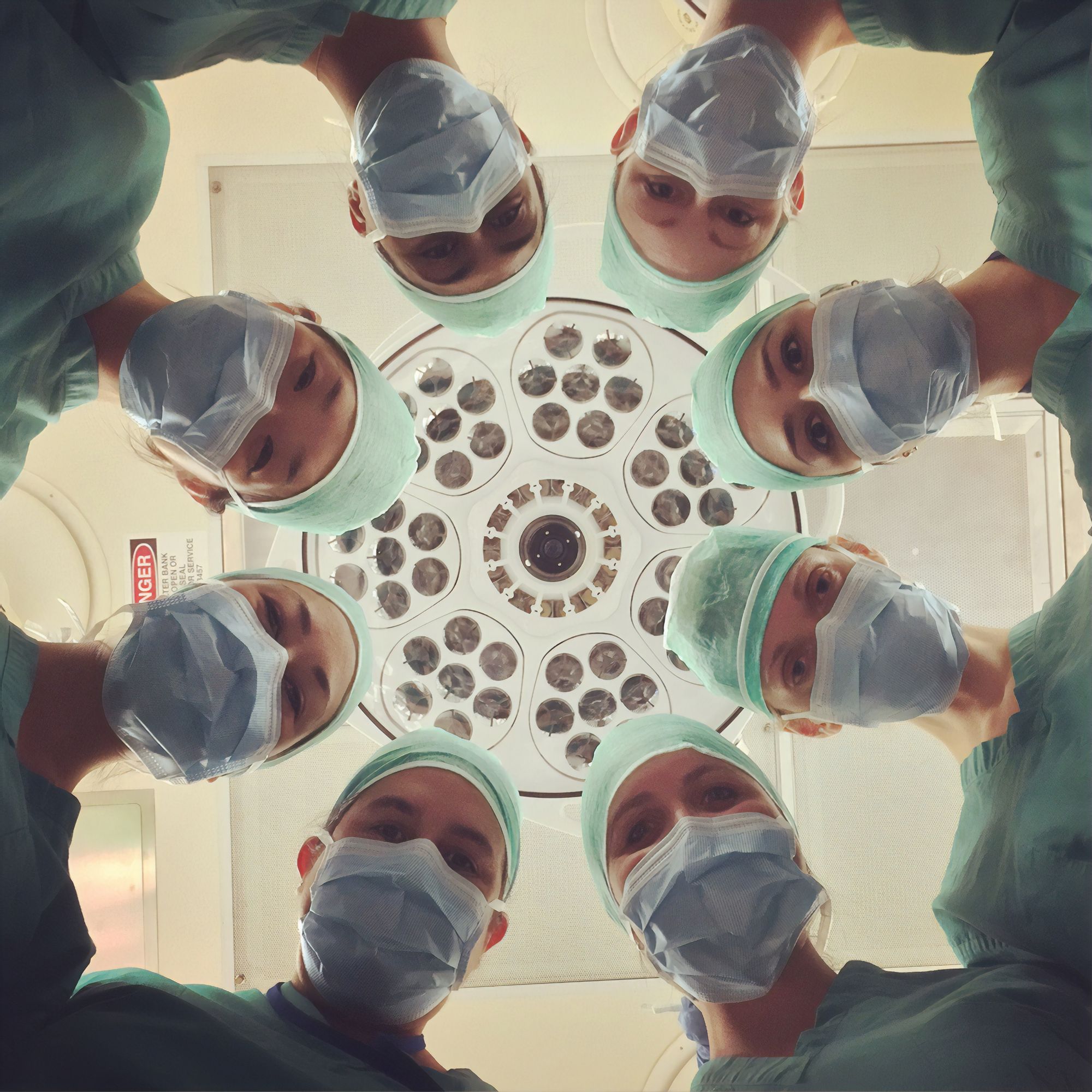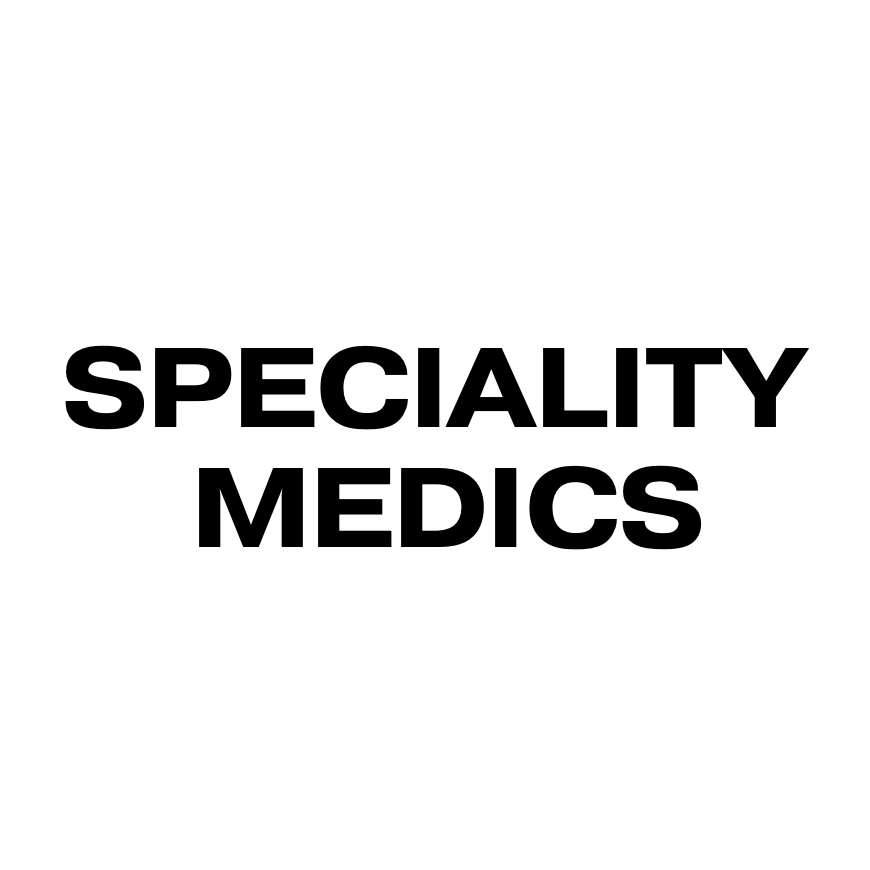Free Guide to the Core Surgical Training Portfolio & Application Process
What is Core Surgical Training?
Core Surgical Training is a two year paid training job in the hospital setting that aims to be the introduction into a career in surgery. It is the route that the vast majority of surgical trainees take en-route to completing their certification.

Table of contents
Objectives
Core Surgical Training (CST) aims to be an introduction into a career of surgery.
CST aims to prepare and equip surgical trainees with the skills needed to become a specialist surgical registrar; providing emergency and elective surgical care in their chosen speciality.
The CST programme follows the Intercollegiate Surgical Curriculum Programme (ISCP) curriculum; which includes general skills as well as specific skills related to the surgical trainees speciality of choice.
Trainees are expected to have passed their Membership of the Royal College of Surgeons (MRCS) examinations by the end of their CT2 year. This exam is a requirement for progression into Speciality Training.
Rotations
The rotations you are allocated in CST will be largely dependent on your ranking and the demand for such speciality. The twenty-four months tend to be split into four, six or even eight month rotations within a range of surgical and allied surgical specialities.
CST programmes will either be themed or un-themed.
Within surgery, there are specialities that are very interlinked and so it is very useful to have rotated through such specialities in your core surgical training. Examples of this are ENT surgery and OMFS surgery, or Plastic surgery and Orthopaedic surgery. As a result there will be some themed core surgical positions that will help provide a comprehensive introduction into your chosen speciality. Completing rotations within an allied specialities are often a requirement to attain maximum points within your ST3 speciality application.
Un-themed rotations are less sought after as you may have to complete a speciality completely unrelated to your speciality of interest; for example ENT and Orthopaedics. Conversely, if you have not decided which speciality you want to pursue as a registrar these un-themed rotations may be useful.
The available rotations available as part of the CST programme include: Cardiothoracic Surgery, ENT Surgery, General Surgery, Paediatric Surgery, Plastic Surgery, Trauma & Orthopaedic Surgery, Urology, Vascular Surgery and Intensive Care Unit.
Your experience within the same speciality will vary based on the centre and city you work in. Your experience on General Surgery at a District General Hospital (DGH) in Kent will be very different to working in a Tertiary Unit in London.
CST aims to ready you for a career in surgery. A huge part of this is learning to operate. The programme has a minimum requirement of involvement in 120 operations per year with 50% being deemed at least ST-S.
| Code | Term | Meaning |
|---|---|---|
| O | Observed | Procedure observed whilst unscrubbed |
| A | Assisting | No completion of the key steps of the procedure. Trainee performs incision and closure of wound. |
| S-TS | Supervised - Trainer Scrubbed | Trainee completes key steps of the procedure. |
| S-TU | Supervised - Trainer Unscrubbed | Trainee completes all steps of the procedure whilst trainer is unscrubbed but in the operating theatre |
| P | Performed | Trainee completes all steps of the procedure whilst trainer is not present in the operating theatre |
Throughout the programme, you will be recording your operations and procedures both in the operating theatres and emergency department on the E-LogBook website / mobile application.
The opportunity to operate will vary dramatically dependent on the speciality of choice, the team and the type of unit you work at. Often the bigger and more specialist hospitals will have multiple registrars and senior clinical fellows working for a particular consultant. This may mean that you have less opportunity to operate. However, this is not a rule and many trainees have had fantastic experiences with the senior trainees taking them through the operations and providing operating opportunities.
It is important to remember that you will learn a lot during your time in theatre even if you aren't operating. It is important to feel confident and familiar with the theatre environment, both in an elective and emergency setting. You will become familiar with the layout of theatre and the roles of the theatre teams. You will also learn how to perform the surgical brief, have conversations with the anaesthetists and running the WHO checklist. This should give you a good basis for registrar training.
Clinics
As a surgeon; a large part of your job role will be to review, diagnose and manage patients in the outpatient setting. The CST programme should expose you to a number of consultant clinics where you can get involved in the diagnosis, creation of a management plan and listing patients for surgery.
Certain specialities will allow you to run your own senior house officer (SHO) clinics. Specialities like ENT will allow the running of your own emergency clinic which will feature simple surgical procedures and examinations. A plastics job may allow you to run a hand trauma clinic.
Clinics will feature a big portion of your life as a surgical registrar and consultant and as a CST trainee you will learn the important skills need to run your own clinics.
Research and Audit
Audit and research will form part of your personal development plan as a CST trainee. The CST programme encourages the completion of an audit per year. Although there is no requirement for the completion of research, you will likely be actively involved in research to ensure you are competitive at ST3 interviews.
Exams
To become a surgical registrar you must complete your MRCS examinations. Most trainees will have completed Part A by the end of their first year of CST and Part B toward the end of CT1 / start of CT2.
Some trainees will aim to get the exams done as soon as they can and increasingly CST trainees are completing Part A in their foundation training and Part B in their first year of CST.
Teaching
Teaching is a crucial part of your experience as a surgical trainee. As a trainee you will receive and provide teaching to junior members of the surgical team.
The teaching you receive will again vary based on your location, speciality and the particular unit you operate in. There may be a regional teaching programme and teaching days in the CST programme chosen. There may be an additional teaching programme provided by the hospital or trust you work for. Other teaching opportunities are consultant ward rounds, ad-hoc registrar bedside teaching, courses, post-graduate degrees and ad-hoc teaching in theatres.
You are expected to be involved in teaching and again this will vary hugely. If you work at a teaching hospital - there may be medical students in addition to junior members of the surgical team to teach. Most trainees are highly involved in teaching as it forms a large part of the speciality registrar application process.
ISCP
ISCP is a national website that hosts the curriculum for surgical training. The curriculum is presented on the website. Work Placed Assessments (WBAs) in the form of Case Based Discussions (CBD), Direct Observation of Procedural Skills (DOPS), Procedure Based Assessments (PBA), Clinical Evaluation Exercises (CEX) and Observation of Teaching (OoT) can be submitted on this website.
You will have your supervisor meetings recorded through this website and your progress over the two years will be recorded and monitored. Your Training Programme Directors (TPDs) will be responsible for ensuring you are progressing appropriately. They will often do this by hosting interim ARCPs mid way through your year and at the end of your year to ensure that any issues that arise are dealt with promptly and appropriately.
Alternative Routes
Where the vast majority of trainees will undertake a formal CST training post through national selection appointment; others can individually seek CST equivalent posts and meet CST requirements individually.
Although this is a possible route to entry at ST3; it is fraught with difficulty and often takes longer than 24 months to meet the requirements set out by CST.
Certain trusts offer junior clinical fellowship positions which although are not training positions may offer the fellow to attend theatre sessions and attain some training. The trainees will however likely be prioritised for training and often these jobs can fail to provide the fellow with the training needed to meet CST requirements.
